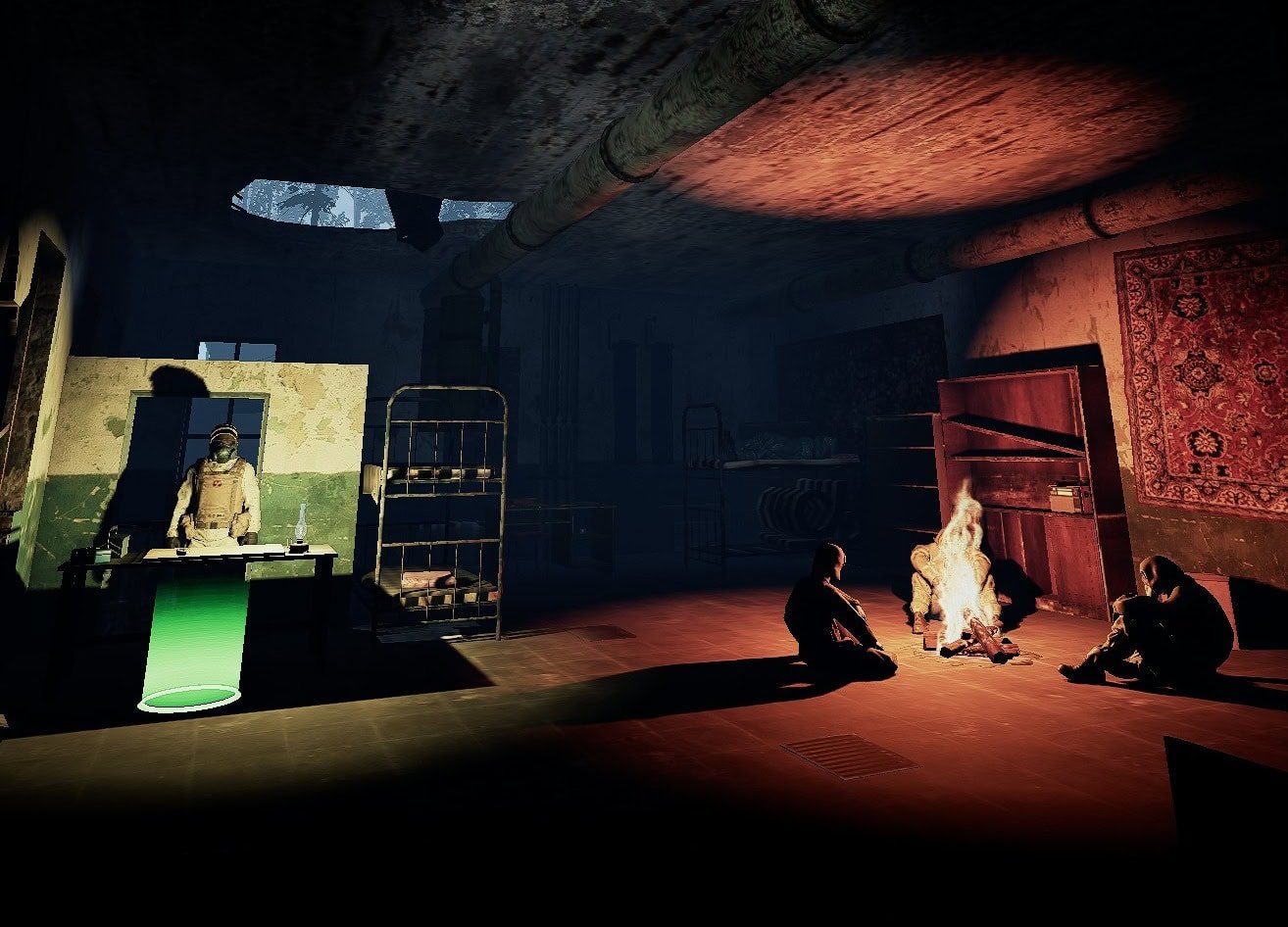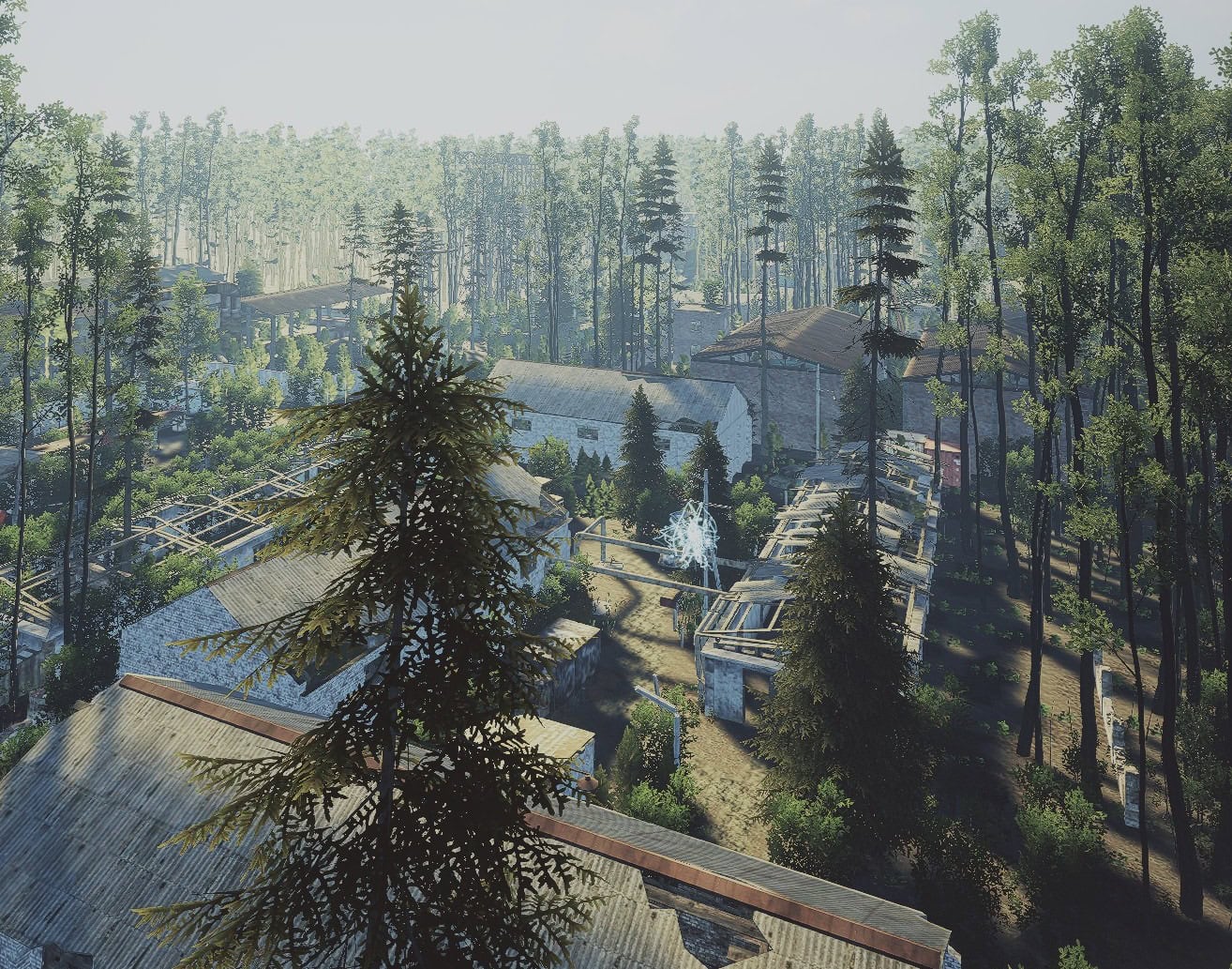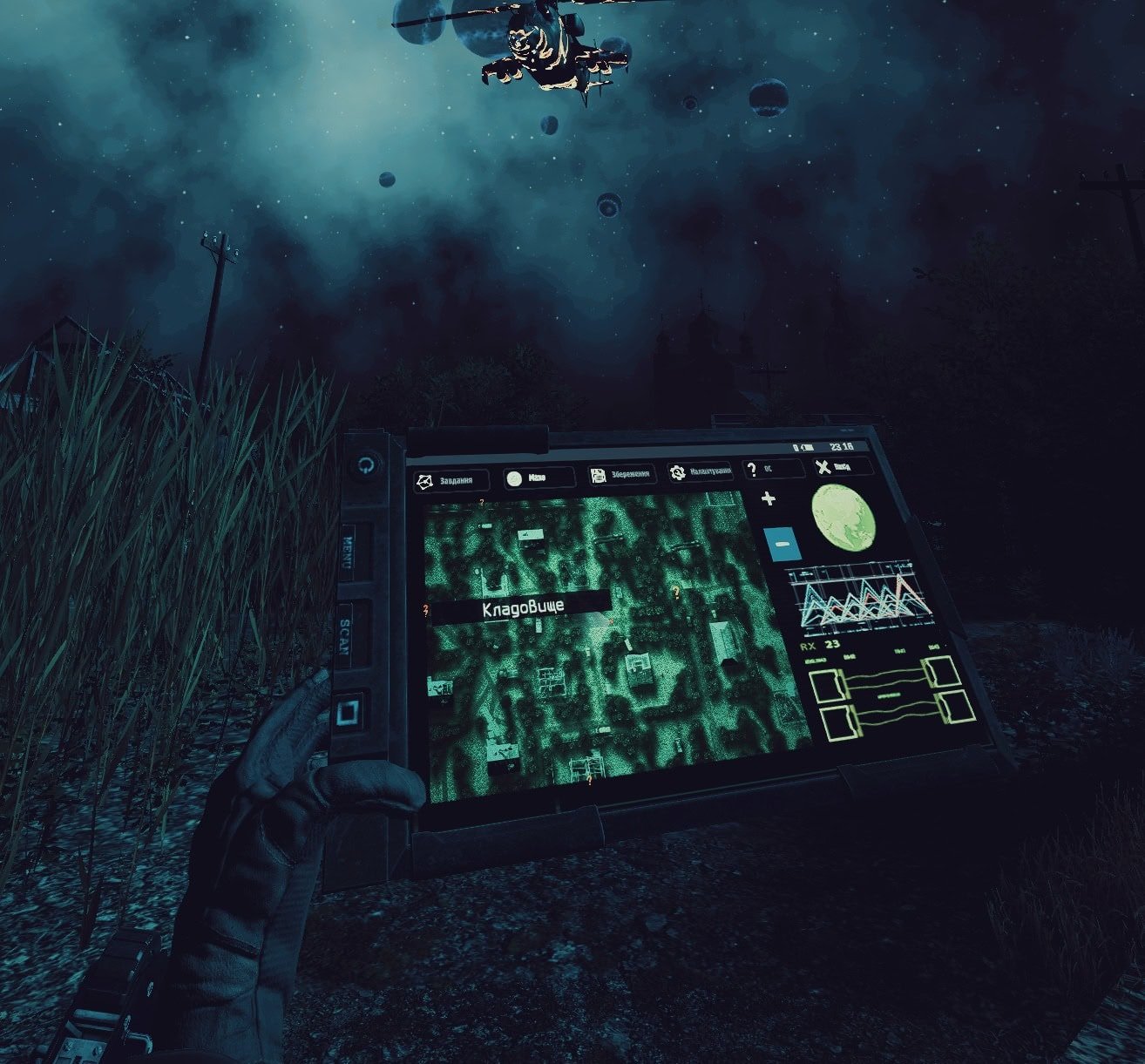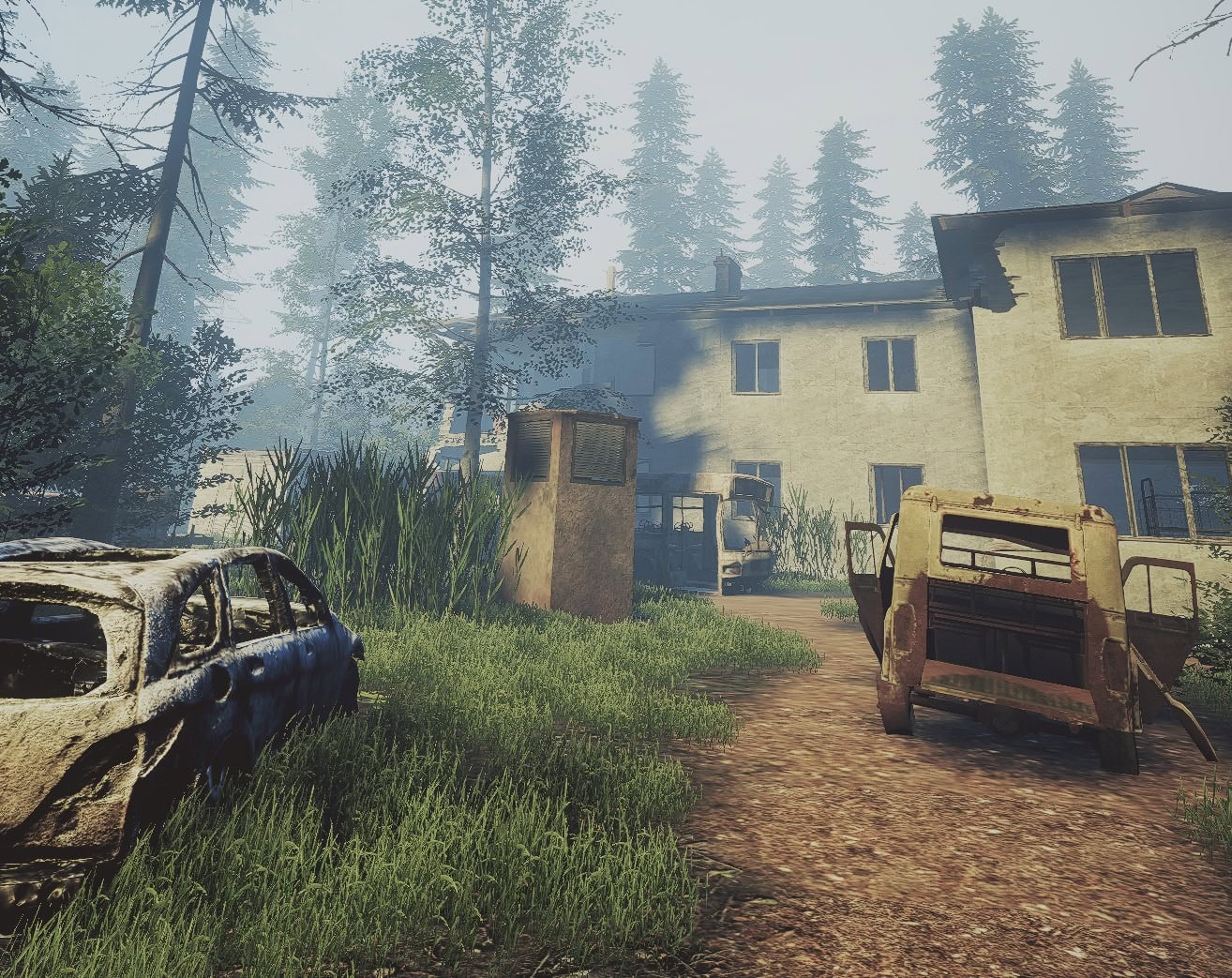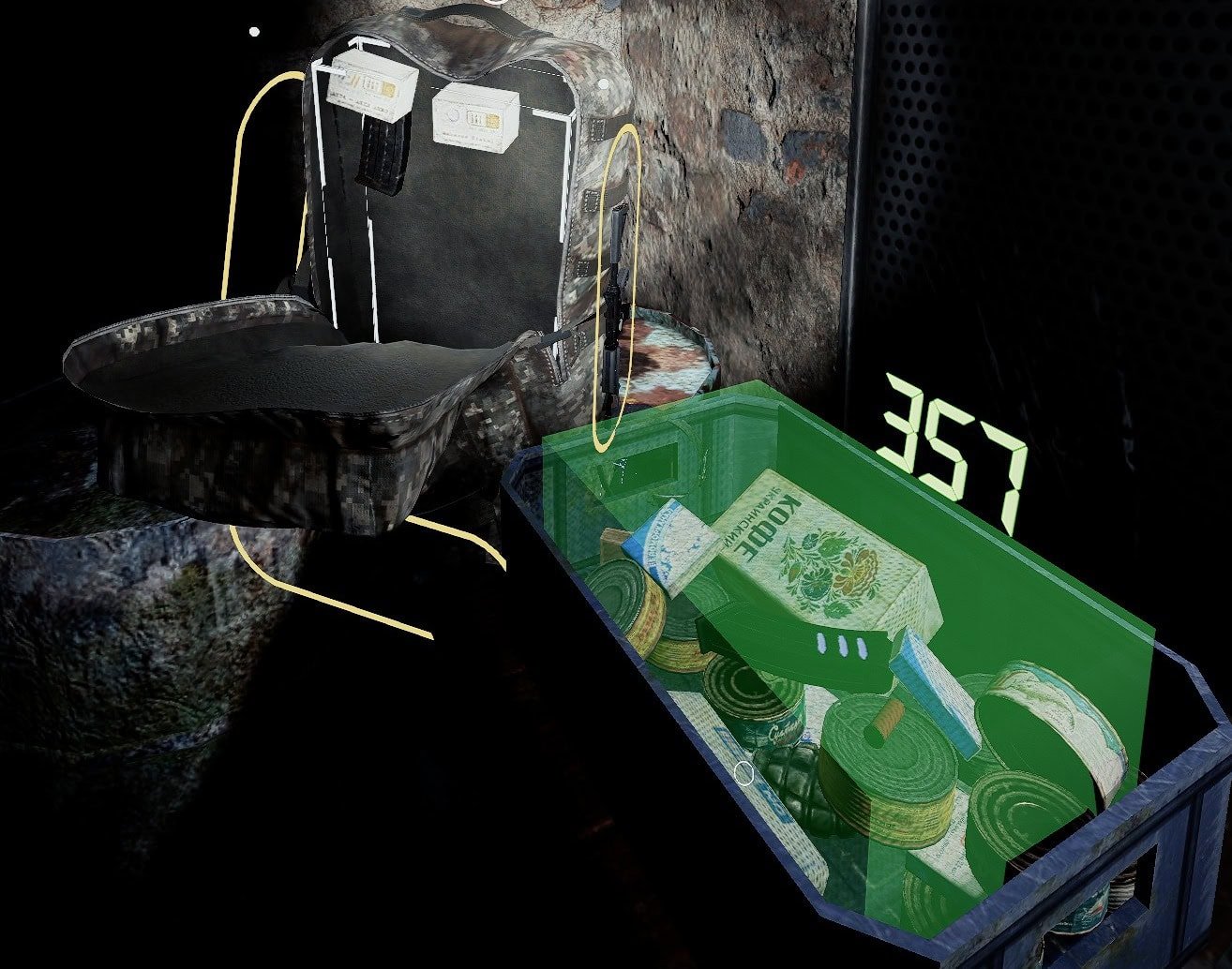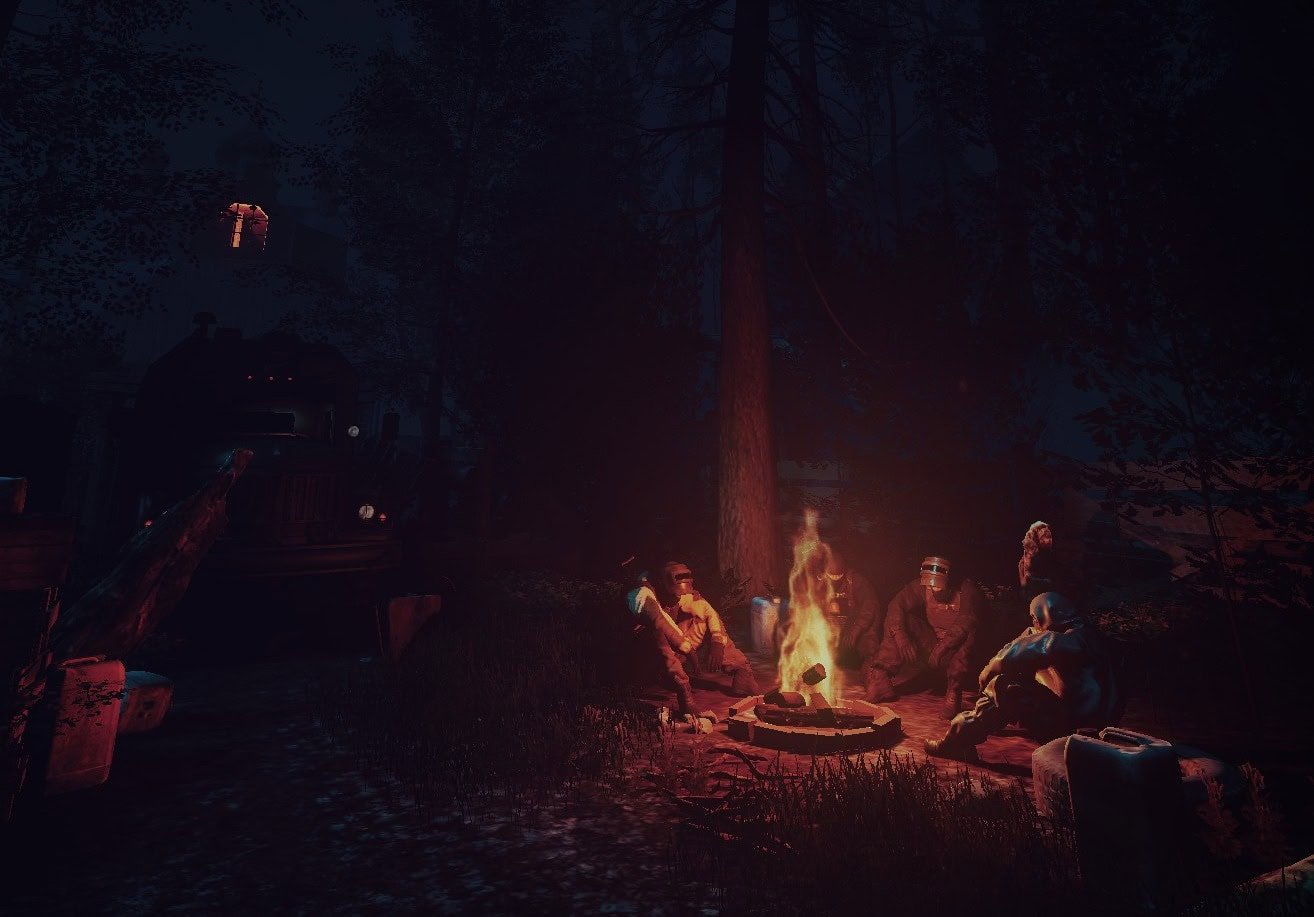Recently, we published an interview with Igor Migun, one of the founders of AGaming+ studio, which is currently developing games in virtual reality, and recently - in the universe inspired by the legendary Stalker. If you haven't read it yet, I strongly advise you to do so, as the interview turned out to be really interesting.
One of the main topics of discussion there was the current project - Z.O.N.A: Origin, which was recently released in Early Access on Steam. To be honest, at the time of the interview, we were not personally acquainted with it, but we decided to correct the mistake: the developer kindly provided us with a key, and I spent several interesting hours in the virtual Chornobyl zone.
| Game | Z.O.N.A: Origin |
| Genre | VR action |
| Platform | Windows |
| Languages | Ukrainian, English |
| Developer | AGaming+ |
| Publisher | AGaming+ |
| Link | Steam |
Z.O.N.A.: Origin is the second VR game in the series to be released on PC: the first was Z.O.N.A. Project X VR, which was released a year ago on Steam and has a pretty good rating of 78% positive reviews (and the series was launched more than 10 years ago on mobile platforms).
The main difference between the two is that the first game was a linear shooter, while Origin is as close as possible to a "Stalker in VR": it's a survival shooter in an "open" world with non-linear progression, side quests, etc.
"Open" was put in quotation marks because, like in the original S.T.A.L.K.E.R., there is no seamless world: the entire game is divided into locations, both open, on the surface, and "corridor", underground.
After the tutorial (which shouldn't be skipped - the game has some non-obvious mechanics that can't be explained in any other way), the player enters the camp of "free stalkers" - and if they've played the first parts of S.T.A.L.K.E.R., they immediately get a strong sense of "déjà vu": it's literally the same thing, only in virtual reality. Even the stories that stalkers tell each other at the campfire are just as unfunny.
The stalker base acts as a central hub: here the player has his own "home" where he can store things found in the "zone", repair and upgrade weapons, and from where he goes to other locations - via a map hanging on the wall. You can also get quests from NPCs here, but they, at least the ones I've seen, look pretty simple.
The gameplay is very familiar: wandering around in search of loot, which we sell at the base, defusing anomalies with bolts from a bag hanging on our belt, looking for artifacts, and avoiding clashes with monsters and hostile stalkers who are not at all welcome here.
"Avoid if possible" - because, just like in the original S.T.A.L.K.E.R., Z.O.N.A: Origin won't be played like a Call of Duty game: ammo is scarce and expensive, weapons deteriorate quickly and need repair, and enemies shoot very painfully - first aid kits are, again, almost never found in locations, and the store at the base is also quite expensive.
I should also note that at least for the first 7 hours of the game, the monsters looked much easier than the stalkers (except for one case where I suddenly came across some immortal boss in a zone I had already passed before, which was not there before).
The graphics in the game are not bad, but by today's standards, they're too simple: let's just say that visually Z.O.N.A: Origin is much closer to the first S.T.A.L.K.E.R. than to the picture we saw in the S.T.A.L.K.E.R. 2: Heart of Chornobyl video trailers. Actually, it is not surprising, given the resources and capabilities of the indie developer.
If you are playing Steam VR with a Meta Quest headset, you will most likely have to play around with the connection settings. In my case (PC with GeForce RTX 4070 Ti Super + Quest 3 video), although the Air Link connection provided good video quality on my standard settings, the frame rate regularly dropped to 60 and even 40 fps, which was not the case in other games with similar graphics.
An attempt to play via Steam Link was also not very successful: although the frame rate was stable at 80 fps, the quality of the video stream deteriorated significantly. Unexpectedly, Virtual Desktop turned out to be the best option: despite the fact that this option is usually the "hardest" of the three, Z.O.N.A.: Origin finally worked on it without any drops and with a high quality video stream.
Regarding the status of early access: the game was released two weeks ago, at the end of August, and since then it has already received a whole bunch of updates, both minor ones with quick fixes for bugs and major ones with new quests and even locations. Again, we hope that the developer will not lose the pace set at the start and will continue to actively develop the project in the future.
In terms of VR implementation, Z.O.N.A.: Origin is surprisingly very, very good. Some of the mechanics are already familiar to us from other VR games, but it's still great that they are also fully represented here.
Yes, if you've played Half-Life: Alyx, Vertigo, Red Matter, and other first-person VR action games, you already know how Z.O.N.A: Origin to reload weapons, heal, put on a gas mask, store additional magazines and other items in slots on your body - and in a "quick" slot on your wrist, and more.
But what you haven't seen is the following implementation of the inventory. There is no virtual storage with cells here: the inventory in Z.O.N.A: Origin is a real backpack that you take out from behind your left shoulder and... shove the items you find in it, placing their models in any free space.
Remember the inventory management in the first S.T.A.L.K.E.R. games with endless dragging and dropping of items and "tetris"? This is nothing compared to how you'll juggle packs of cigarettes, canned goods, medicine, extra stores, etc. while trying to cram as much "bribe" as possible into your backpack.
All the menus in the game are also presented as realistically as possible: they are collected in a tablet hanging from the player's left belt - there is a map, a list of tasks, a save menu, and even system settings (which you first try to call up by pressing the traditional buttons on the controller out of habit).
To summarize: Z.O.N.A.: Origin currently has its drawbacks, mainly due to its very recent release in Early Access and the already mentioned lack of developer resources - the first thing that catches your eye is the noticeably empty locations with a minimum of interactive objects. But even now, this is a very interesting project with a great effect of immersion in the virtual reality of the Chornobyl zone.
Considering we still haven't heard anything about VR support for S.T.A.L.K.E.R. 2, Z.O.N.A: Origin is the most authentic "Stalker in VR" experience you can hope for. By the way, the game has a very good rating on Steam for Early Access: 88% of positive reviews.


